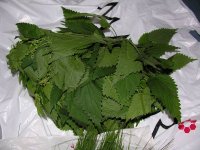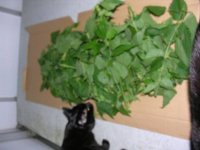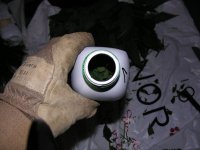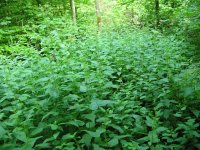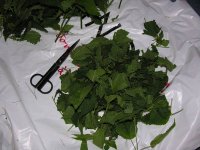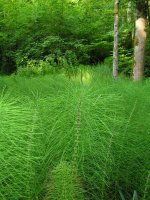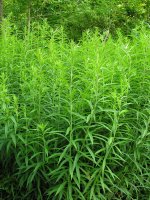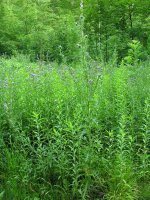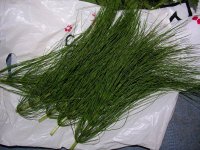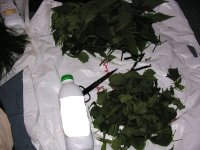GoneRooty
Member
So the lasts plant, Galium aparine, aside from being annoying is related to a very popular landscape plant Galium odoratum, commonly called sweet woodruff. G. odoratum is low growing and has a sweet scent when cut and dried and is used in potpourri. It was used (mainly in Germany) as a flavor additive but has been banned because the main active ingredient, coumarin, is toxic.
So when looking for G. aparine, make sure you aren't getting G. odoratum instead. The easiest way to tell is that G. aparine is a tall growing plant while G. odoratum is low growing.
So when looking for G. aparine, make sure you aren't getting G. odoratum instead. The easiest way to tell is that G. aparine is a tall growing plant while G. odoratum is low growing.


 when I opened my bucket of crab for a peak/shell smash. The bucket was only open for about two minutes outside, but the smell completely enveloped the house for the next 45 minutes.
when I opened my bucket of crab for a peak/shell smash. The bucket was only open for about two minutes outside, but the smell completely enveloped the house for the next 45 minutes.